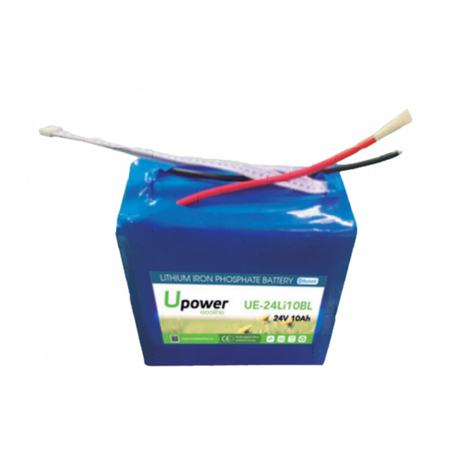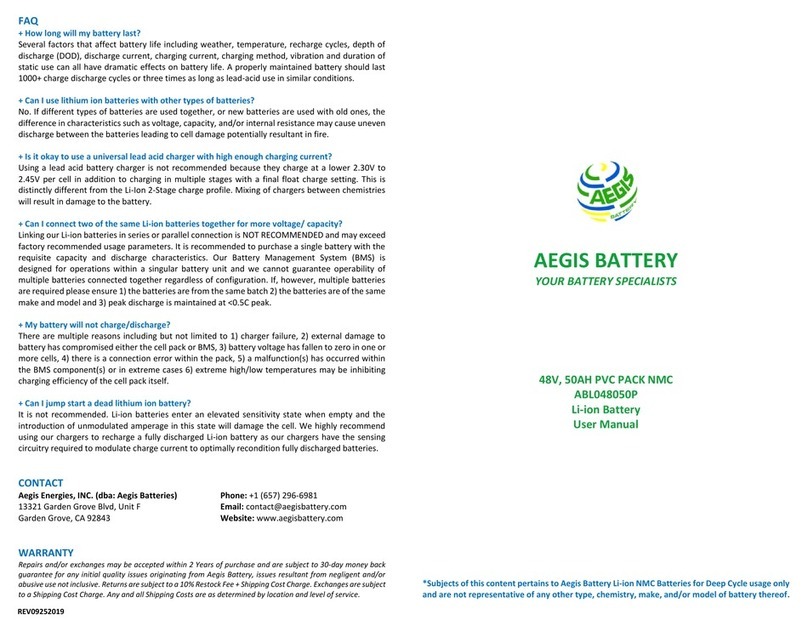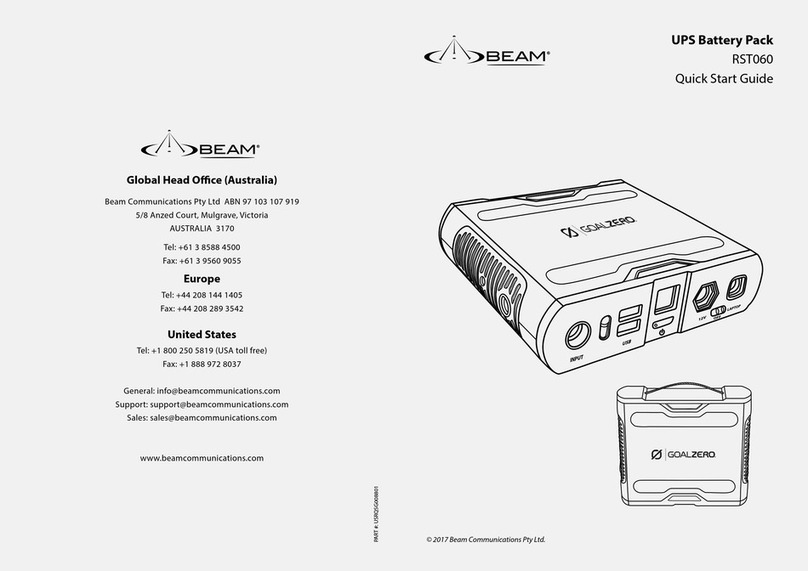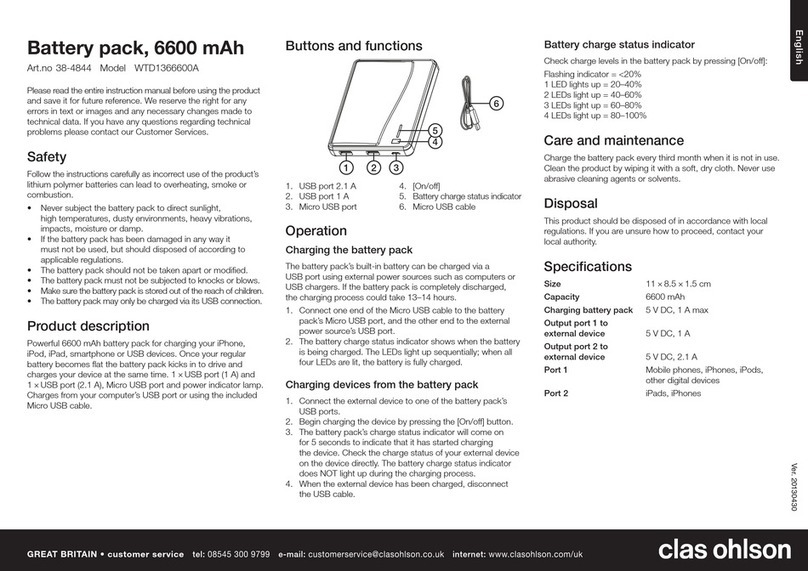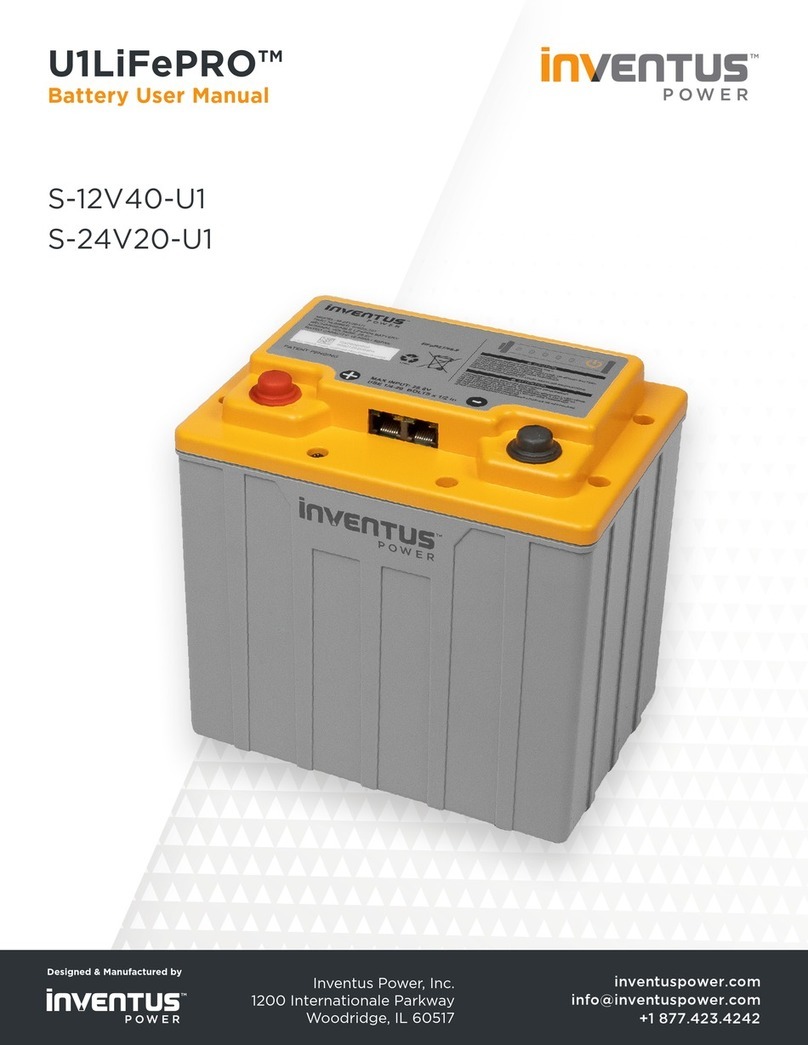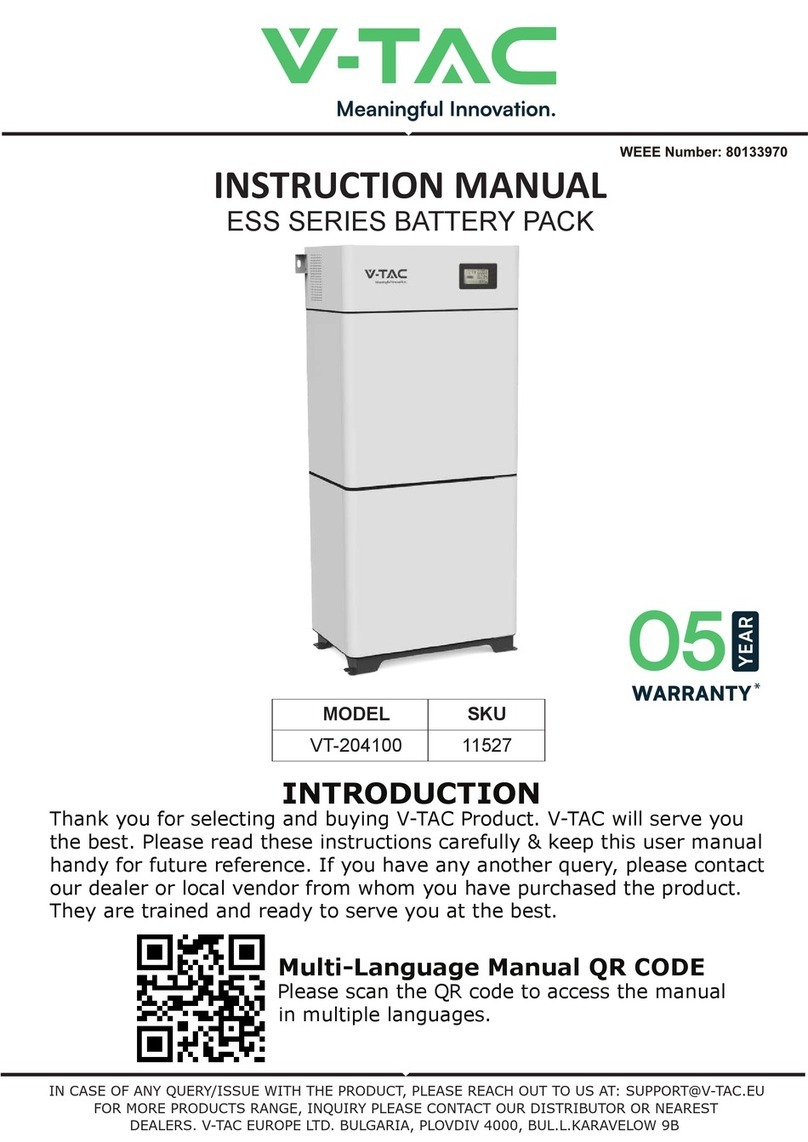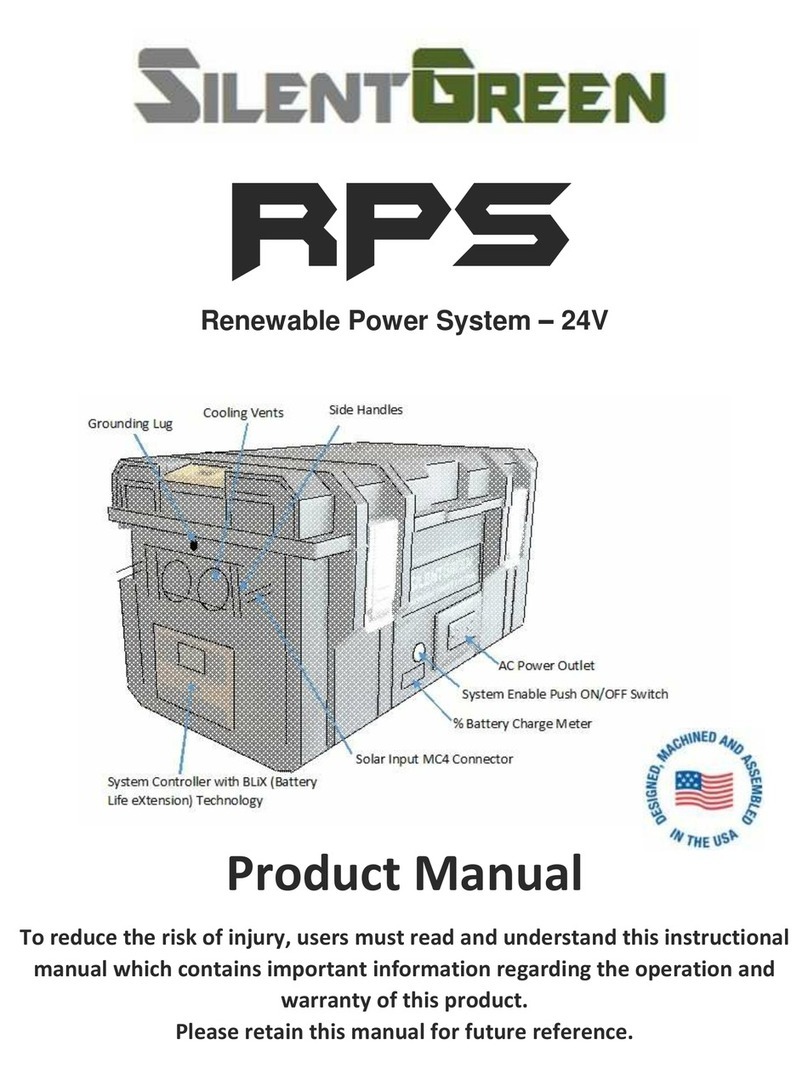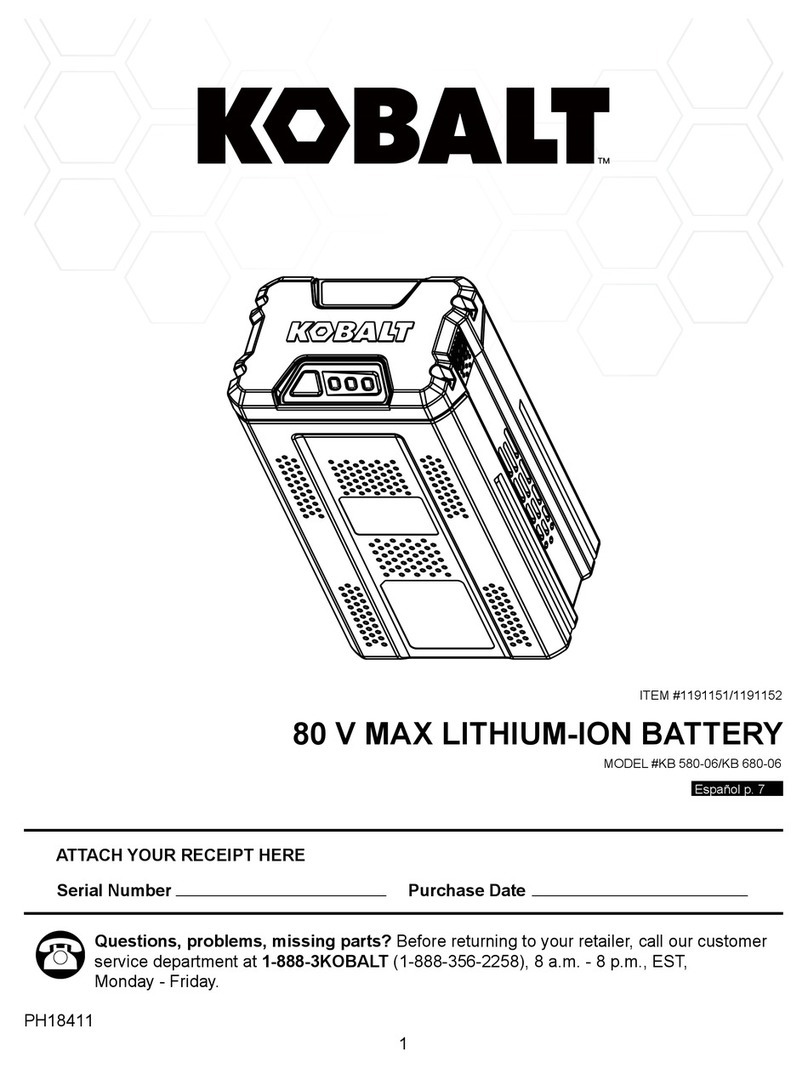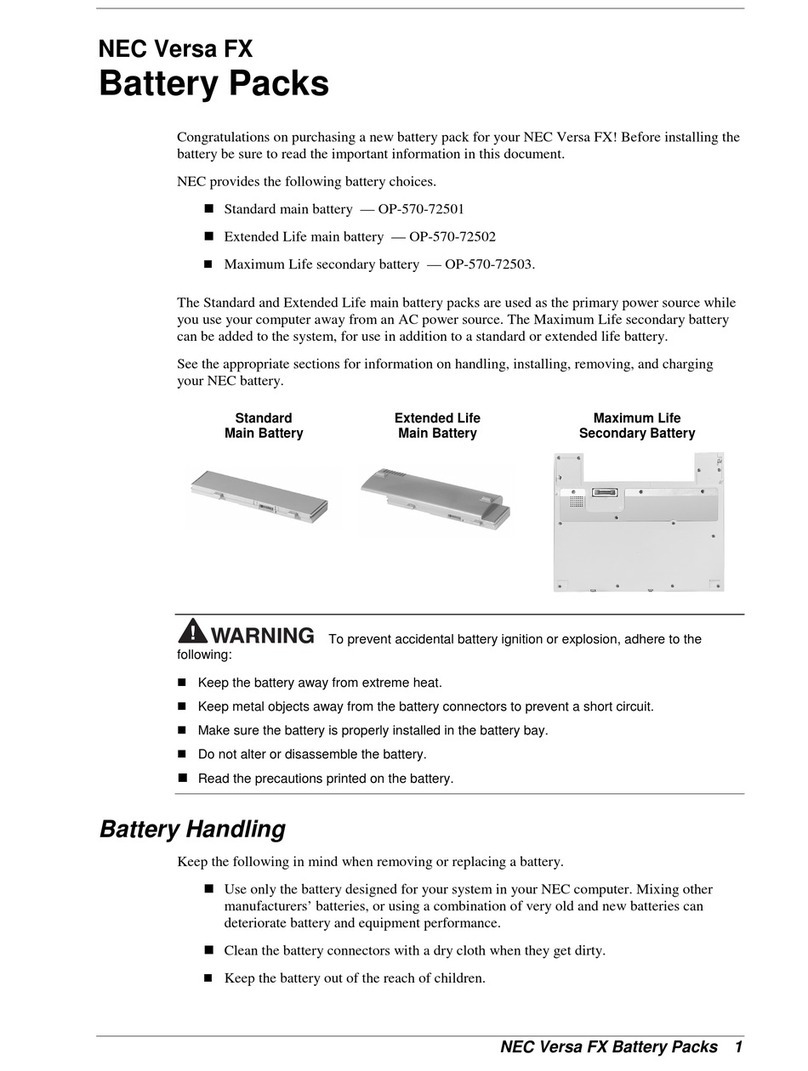Riester ri-charger User manual

Rudolf RiesterGmbH & Co. KG
P. o. Box 35
Bruckstr.31
0-72417 Jungingen
Germany
Tel.: +49-7477-9270-0
Fax: +49-7477-8180
www.riester.de
Printed in Germany. Subject to alterations.
The Diagnostic Company
Gebrauchsanweisung
Operating Instructions
Mode d'emploi
Instrucciones para el uso
Istruzioni per I'uso
ri -chorger®
(€

1. Important information - read prior to start-up
You have acquired a valuable RIESTER Ri-Charger charging base manu-
lactured in compliance with Directive 93/42/EEC lor medical products and
subject to continuous stringent quality contro!.
Please read these Operating Instructions carelully prior to start-up and keep
them in a sale place.
Should you have any queries, please contact the Company or your RIESTER
Agent who will be pleased to assist you. For addresses see last page ol these
Operating Instructions. The address ol your authorised RIESTER Agent will bE
supplied to you on request.
Please note that the RIESTER Ri-Charger charging base is only suitable lor
charging RIESTER instruments operated with RIESTER rechargeable batterie
(Ri-Accus). Do not use lor any other equipment.
2. Purpose
The Ri-Charger charging base has been produced lor charging RIESTER
handles with RIESTER rechargeable batteries (Ri-Accus).
3. Safety and electromagnetic compatibility
&Meaning ol symbol on casing.
See operating instructions!
[gJ
Meaning ol symbol on rating plate on bottom ol unit:
Protection class 11unit
•
Meaning ol symbol on rating plate on bottom ol unit:
1\ Application part type B
The unit complies with requirements lor electromagnetic compatibility. Please
note that instruments ol interfering lield strengths such as mobile telephones (
radiological instruments, may affect its lunction.
Warning!
I . There may be a risk ol gases igniting when the instrument is used in the
presence ol Ilammabie drugs and air and/or oxygen or nitrous oxide
mixtures!
• The instrument must only be opened by qualilied persons due to a possiblE
risk ollethal electrocution.

4. Start-up and operation
The RIESTER Ri-Charger charging base is available as a 220 V or 110 V
model and suitable for charging of 2.5 V or 3.5 V handles.
a) Preparation prior to charging
• Ensure that the Ri-Charger charging base is positioned on a level surface.
Do not position unit in the direct vicinity of a radiator and proteet against
direct sunlight.
Fluids must not penetrate into the interior of the enclosure. Do not use fluids
in close proximity of the charging base.
Conneet unit to a mains socket. Ensure that the voltage stated on the rating
plate on the bottom of the unit agrees with the mains voltage. Alter connec-
tion of the charging base, a self-test is performed. During the test, the LEDs
on the front of the unit will be repeatedly switched on.
• When charging Ri-Star units (19 mm 0handle), leave plastic reducers in
handle recesses. Wh en charging Ri-Scope S units (28 mm 0handle),
remove reducers from handle recesses by simply withdrawing in upward
direction.
• The RIESTER Ri-Charger charging base may be used for charging 2.5 V
and 3.5 V rechargeable batteries respectively. The use ot charging cham-
bers for the instrument is unimportant. It goes without saying that a 2.5 V
and 3.5 V unit may be charged simultaneously.
b) Charging
• The rechargeable battery is tested when inserted into the charging chamber.
At voltages of less than 1.5 V, the rechargeable battery is either fully dis-
charged or faulty. The charging base will try to regenerate the rechargeable
battery by applying a pulsating charging current. The yellow charging LED is
tlashing.
For rechargeable battery voltages of more than 1.5 V, charging will
commence. The yellow charging LED is on.
12
c) Charging time
• The end of the charging time is detected by evaluation of the negative
voltage difterential caused by heating of the rechargeable battery cells when
tully charged. The yellow charging LED is switched oft and the green
"rechargeable battery tuil" LED is switched on.
• The charging time is limited to max. 4.75 h by the timer.
• When the rechargeable battery is tully charged (green LED on), the unit will
switch to maintenance charge.
• The temperature inside the enclosure is monitored. Excessive operating
temperatures (i.e. caused by direct sunlight, operation in close proximity to
a radiator, etc.) will cause premature actuation ot the automatic switch-oft
mechanism, thus increasing the lite ot the rechargeable battery.
Warning!
• Wh en the unit is removed trom the charging chamber tor a tew seconds
whilst the rechargeable battery is fully charged (green LED on) without
switching on, initially the yellow charging LED will be switched on when re-
inserting the unused rechargeable battery. However, this is not due to
malfunction of the charging base but the described "rechargeable battery
full" sensor.
• When the rechargeable battery is full, no negative voltage difterential can be
recorded. The rechargeable battery must first heat up in order to signal
"rechargeable battery fully charged".
• The time prior to the green "rechargeable battery fully charged" LED
switching on again may vary considerably (15 minutes or longer). Additional
temperature sensing and a timer, however, ensure.that the charging process
is caretully monitored at any time.
We recommend to position the units into the charging
chambers aft er use to ensure that instruments are always
ready.
13

5. Specula compartment
The specula compartment may be used tor spare specula and lamps.
6. Wall mounting
8. Control during operation
LEDs switching on repeatedly, briet
ermanent switch-on, tollowed bv oft
Yellow LED on
Green LED on
Yellow LED tlashing
Mains connection, selt-test
Charging in progress
Rechargeable battery tully charged
unit changing to maintenance
charge
Rechargeable battery tully dis-
charged or taulty. Unit trying to re-
generate rechargeable battery by a
pulsating charging current. Should
no charging cycle be indicated aftel
approx. 16 h, the rechargeable bat-
terv is taultv or must be reolaced.
9. Specification
The Ri-Charger charging base may be mounted on the wall. Hold wall rail to
the place on the wall scheduled tor mounting. Mark holes with a pen and drill
holes ot 5 mm 0. Insert the dowels supplied. Position rail holes on the dowels
and tix to the wall with the screws supplied. Then slide unit on bracket to allow
the wall rail to be introduced into the two guide slots ot the Ri-Charger charging
base plate. Ensure that the bottom cover tab engages in the recess in the wall
rails.
Remove unit by pressing in the bottom tab, allowing the unit to be simply taken
trom the rail.
Model:
Display system:
Mains connection
Outputs:
Charging current:
Operating temperature:
Storage:
Dimensions:
Weight:
10. Maintenance
Ri-Charger rechargeable battery charging base
LEDs Connection
(see notes on bottom label)
2 .4 V (d.c.)
200 mA
oto +40°C
- 5°C to 50°C, up to 85% relative humidity,
non-condensing
186 x 87 x 74 mm
Approx. 500 9 without packing
7. Cleaning and disinfection
Prior to cleaning or disinfection of the unit disconneet mains
ca bie from socket.
Cleaning and/or disinfection
The Ri-Charger charging base may be cleaned extern al with a damp cloth.
In addition, the tollowing disintectants may be used tor externally disintection:
Aldehyde (tormaldehyde, glutaraldehyde, aldehyde derivatives), surfactants or
alcohois.
Means tor cleaning or disintection may be a soft, possibly lint-tree cloth or
Q-tips.
Warning!
Ensure that tluid never penetrates into the unit!
Sterilisation
According to the ruling teaching (Tübingen Medical Produets Test Centre),
sterilisation is only specitied tor surgery.
There is no necessity tor sterilisation ot a charging base.
1"
These instruments and their accessories do not require any specitic
maintenance.
Should an instrument have to be examined tor any specitic reason whatsoevE
please return it to the Company or an authorised RIESTER dealer in your are
Addresses to be supplied on request.
Popular Batteries Pack manuals by other brands
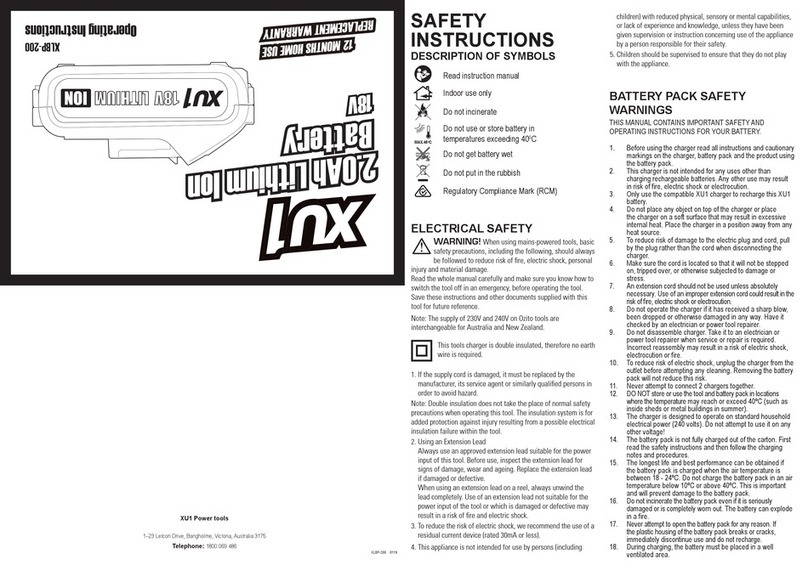
XU1
XU1 XLBP-200 quick start guide
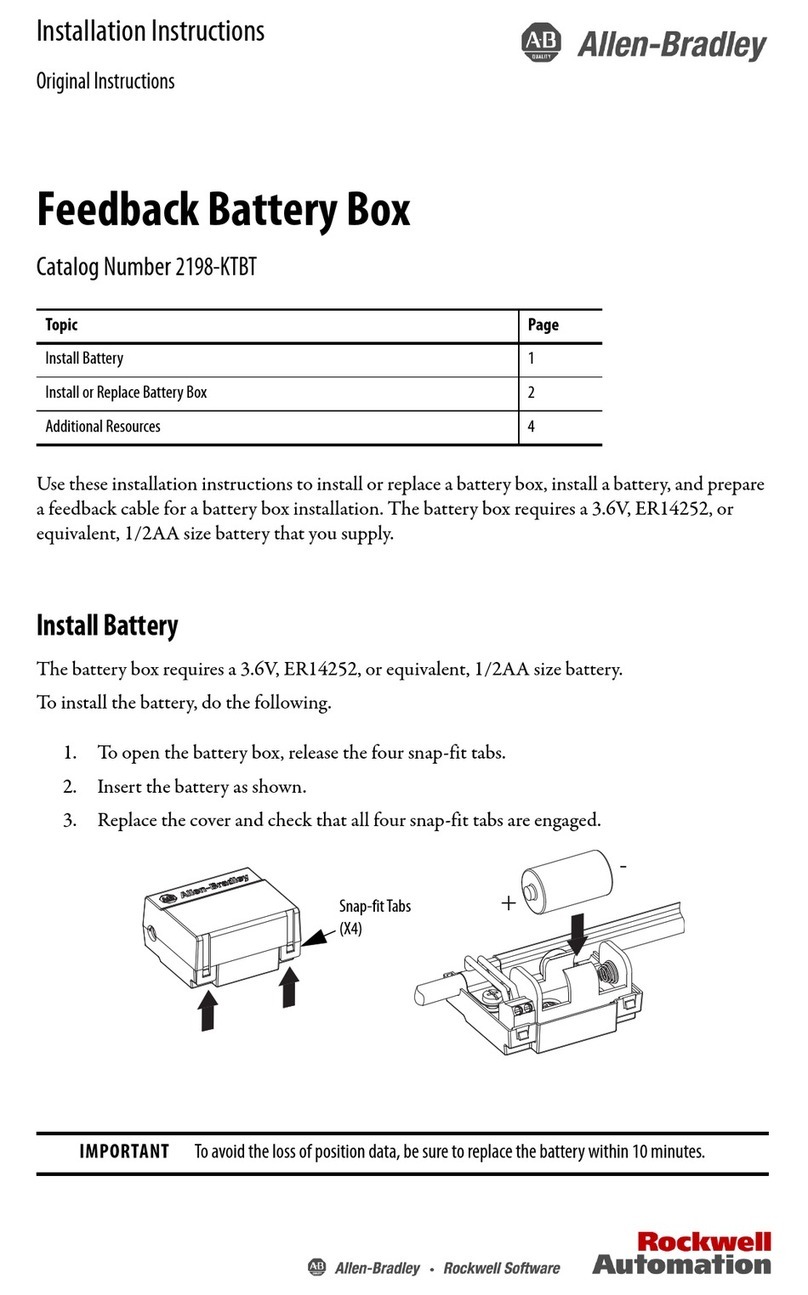
Rockwell Automation
Rockwell Automation Allen-Bradley 2198-KTBT installation instructions

Teze
Teze 24V200AH product manual
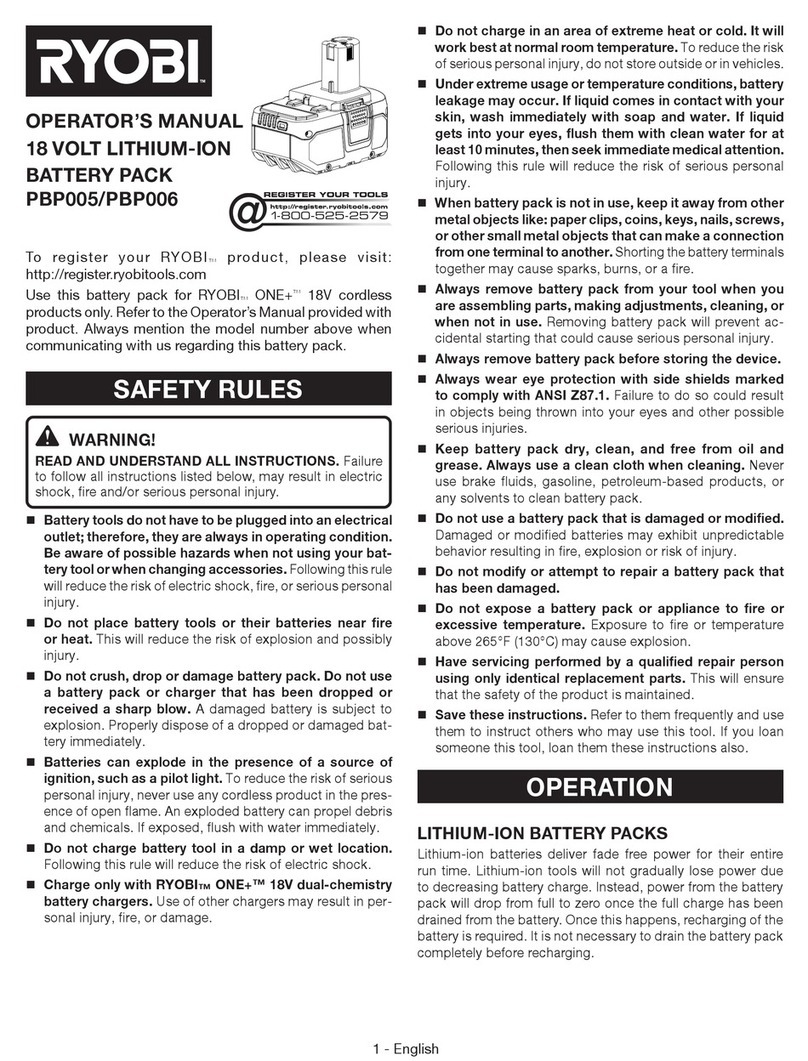
Ryobi
Ryobi PBP005 Operator's manual
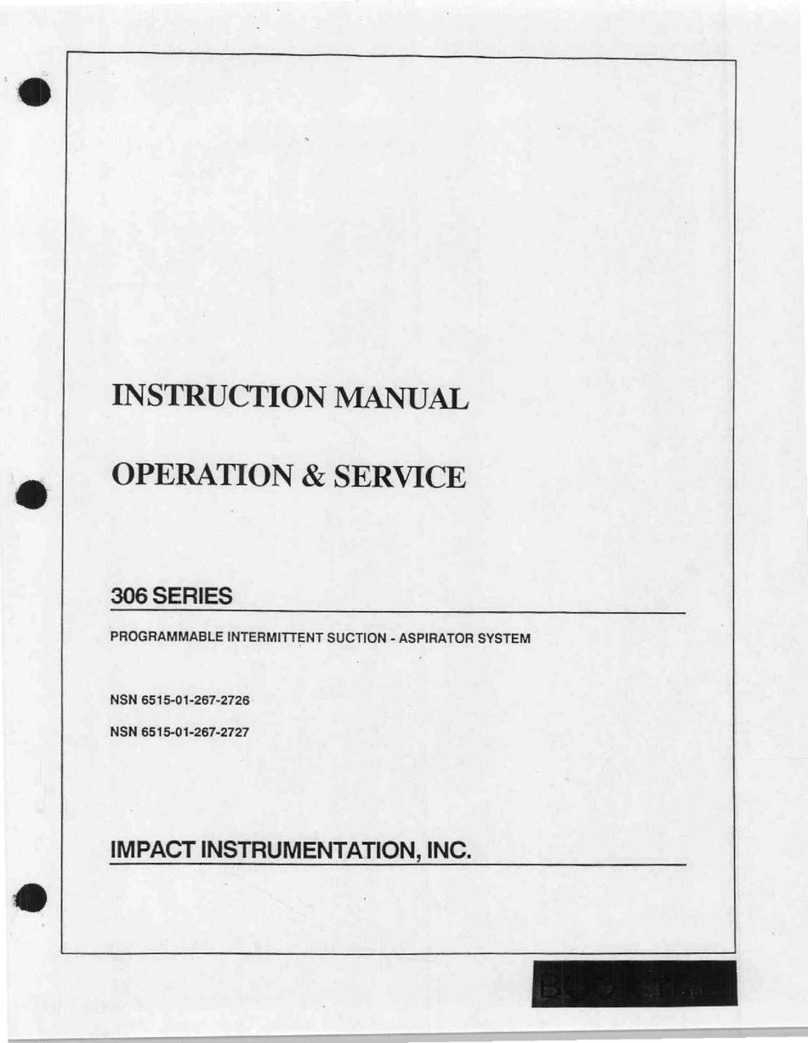
Impact Instrumentation
Impact Instrumentation 306 Series instruction manual
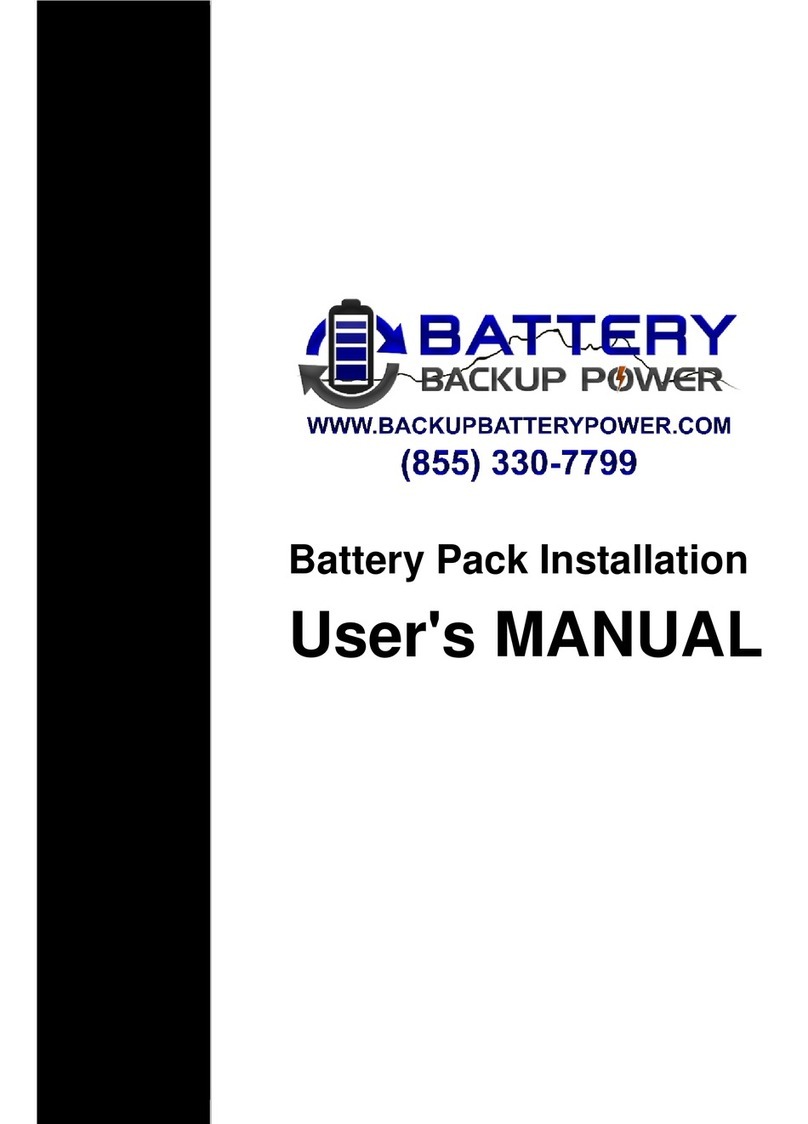
Battery Backup Power
Battery Backup Power BBP-AR-1500-PSW-ONL-EBP user manual
